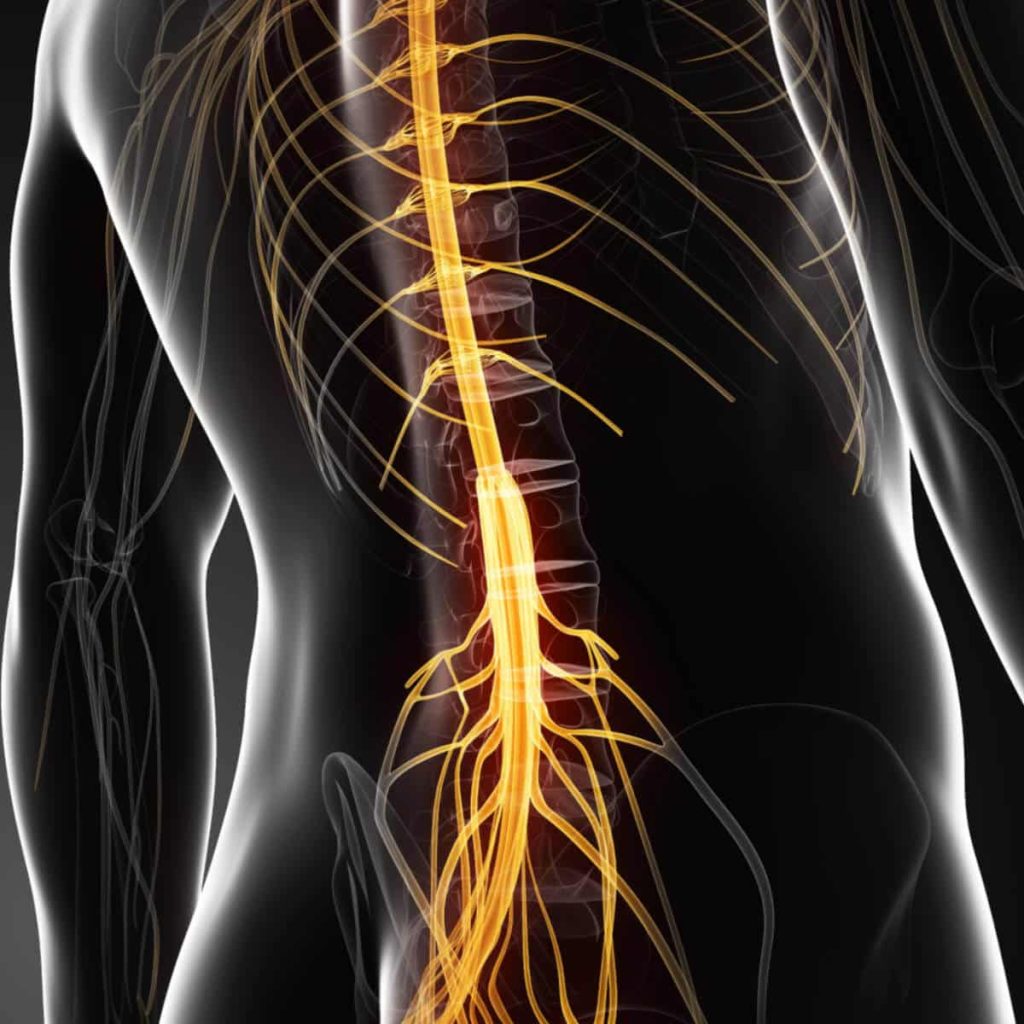How Pregabalin 100mg Works to Alleviate Nerve Pain Symptoms
4 min read
Nerve Pain
Introduction:
Pregabalin 100 mg is a medication commonly prescribed for the management of neuropathic pain, a type of chronic pain caused by damage or dysfunction of the nervous system. Neuropathic pain can be debilitating, affecting individuals’ quality of life and daily functioning. Pregabalin, a calcium channel modulator, exerts its therapeutic effects by modulating neuronal excitability and neurotransmitter release in the central nervous system. In this comprehensive guide, we’ll delve into how pregabalin 100mg works to alleviate nerve pain symptoms, exploring its mechanism of action, therapeutic benefits, and clinical applications.
Understanding Neuropathic Pain
Before exploring how pregabalin alleviates nerve pain symptoms, it’s essential to understand the nature of neuropathic pain. Neuropathic pain is a complex chronic pain condition characterized by abnormal sensory processing in the nervous system. It can manifest as burning, shooting, tingling, or electric shock-like sensations, often accompanied by hyperalgesia (increased sensitivity to pain) and allodynia (pain in response to non-painful stimuli). Neuropathic pain can result from various underlying causes, including nerve injury, diabetic neuropathy, postherpetic neuralgia, and trigeminal neuralgia.
Mechanism of Action of Pregabalin
Pregabalin exerts its therapeutic effects by binding to the alpha-2-delta subunit of voltage-gated calcium channels in the central nervous system. By binding to this subunit, pregabalin reduces the influx of calcium ions into neurons, thereby inhibiting the release of several neurotransmitters, including glutamate, noradrenaline, and substance P. This modulation of neurotransmitter release dampens neuronal excitability and attenuates pain signaling, leading to pain relief in individuals with neuropathic pain conditions.
Modulation of Glutamatergic Transmission
Glutamate is the primary excitatory neurotransmitter in the central nervous system and plays a crucial role in pain processing and sensitization. Excessive glutamate release contributes to neuronal hyperexcitability and synaptic plasticity, leading to the amplification of pain signals in neuropathic pain conditions. Pregabalin modulates glutamatergic transmission by reducing the presynaptic release of glutamate from nociceptive neurons, thereby attenuating excitatory synaptic transmission and dampening pain signaling.
Inhibition of Noradrenergic Transmission
Noradrenaline, also known as norepinephrine, is a neurotransmitter involved in modulating pain perception and descending pain modulation pathways. Dysregulation of noradrenergic transmission can contribute to the development and maintenance of neuropathic pain. Pregabalin inhibits noradrenergic transmission by reducing the release of noradrenaline from presynaptic terminals, thereby attenuating pain transmission in the spinal cord and brainstem and modulating descending inhibitory pathways that regulate pain perception.
Attenuation of Substance P Release
Substance P is a neuropeptide involved in nociceptive processing and neurogenic inflammation. Increased release of substance P in the spinal cord and peripheral nerves contributes to the sensitization of nociceptive pathways and the generation of neuropathic pain. Pregabalin attenuates substance P release by inhibiting calcium influx into nociceptive neurons, thereby reducing substance P-mediated neurogenic inflammation and pain sensitization in individuals with neuropathic pain conditions.
Restoration of Inhibitory Tone
In addition to modulating excitatory neurotransmission, pregabalin enhances inhibitory neurotransmission in the central nervous system. GABA (gamma-aminobutyric acid) is the primary inhibitory neurotransmitter in the brain and spinal cord and plays a crucial role in regulating neuronal excitability and pain processing. Pregabalin enhances GABAergic neurotransmission by increasing the synthesis and release of GABA, leading to enhanced inhibitory tone and dampened pain signaling in individuals with neuropathic pain.
Clinical Efficacy in Neuropathic Pain Conditions
Pregabalin has demonstrated clinical efficacy in the management of various neuropathic pain conditions, including diabetic neuropathy, postherpetic neuralgia, trigeminal neuralgia, and neuropathic pain associated with spinal cord injury. Clinical trials have shown that pregabalin significantly reduces pain intensity, improves pain-related sleep disturbances, and enhances overall quality of life in individuals with neuropathic pain. Its favorable safety profile and low potential for drug interactions make it a valuable first-line treatment option for neuropathic pain management.
Individualized Dosing and Titration
The dosing of pregabalin for neuropathic pain management should be individualized based on the patient’s response and tolerability. The recommended starting dose is typically 75 mg taken orally twice daily (150 mg/day), with the option to titrate up to 300-600 mg/day based on the patient’s pain severity and response. Titration should be performed gradually over several days to minimize the risk of adverse effects, and patients should be monitored closely for efficacy and tolerability.
Safety and Tolerability Profile
Pregabalin is generally well-tolerated in individuals with neuropathic pain, with most adverse effects being mild to moderate in severity. Common side effects include dizziness, drowsiness, headache, dry mouth, and weight gain. Serious adverse effects such as respiratory depression and physical dependence are rare with pregabalin use, making it a safe and suitable option for long-term neuropathic pain management. Close monitoring and dose adjustments may be necessary to minimize side effects and optimize treatment outcomes.
Conclusion
In conclusion, pregabalin 100mg alleviates nerve pain symptoms by modulating neuronal excitability and neurotransmitter release in the central nervous system. Its mechanism of action includes modulation of glutamatergic and noradrenergic transmission, attenuation of substance P release, and enhancement of inhibitory tone. Pregabalin demonstrates clinical efficacy in various neuropathic pain conditions and offers a favorable safety and tolerability profile. With its ability to provide significant pain relief and improve overall quality of life, pregabalin emerges as a valuable treatment option for individuals suffering from neuropathic pain.



